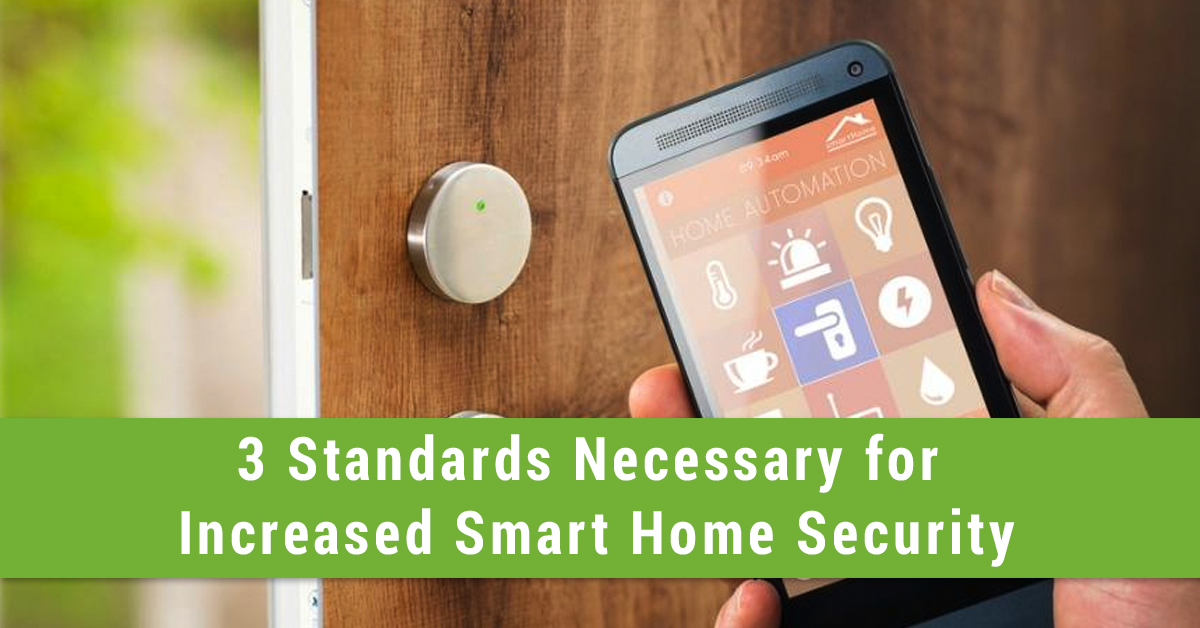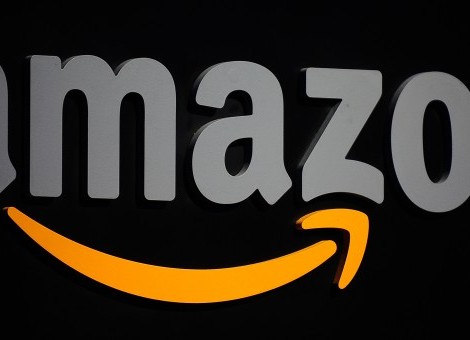ITProPortal | 3 Standards Necessary for Increased Smart Home Security
The world is getting smarter, and houses are no exception. With nearly 80 per cent of Millennials rallying around smart home technology, the industry is projected to be a $58 billion business by 2020.
However, the boom will begin much sooner than that. Coldwell Banker Real Estate released a survey this past January that indicated 45 per cent of Americans already own or are prepared to buy some smart home technology this year.
That enthusiasm isn’t limited to Millennials, either. Icontrol Networks’ 2015 State of the Smart Home report revealed that 50 per cent of the general population — and 76 per cent of Baby Boomer parents — are eager to invest in smart home enhancements.
In 2015, Coldwell Banker interviewed 500 of its sales associates, and 64 per cent said more clients are expecting smart home features in their properties. This isn’t a passing interest or the domain of early adopters — the smart home era has well and truly begun.
4 Key Smart Home Sectors
Thanks to the appeal of networked televisions, sound systems, and environmental controls, smart entertainment has emerged as a powerful driver of smart home adoption. Statista, the analytics software provider, reported in 2015 that entertainment-based smart home revenue in the U.S. was nearly $2 billion. But consumers are now seeing the possibilities in other areas as well.
Many people are keen to adapt smart energy solutions in their homes such as smart meters, climate control systems, and lighting products. Improved energy use leads to cutting costs and reduced carbon emissions, which is why Icontrol’s report shows that 70 per cent of consumers look forward to saving money through energy efficiency measures.
Smart care technology will bring relief to Millennials and Baby Boomers who worry about their aging parents being home alone. Icontrol found that 72 per cent of consumers aged 25 to 34 (and 74 per cent of parents) would feel reassured if the seniors in their lives had programmable home settings and maintenance technology, as well as monitors that allow their families to check in on them. There are huge opportunities in this arena for the smart home industry.
Still, the most important aspect of smart home technology is security. This includes both physical and online security. As Icontrol’s CEO Bob Hagerty said, “For smart home to really hit its stride, the industry must focus on what consumers really want — peace of mind. People are predominantly interested in the security benefits of technology, and once that box is checked, the new and exciting features and devices will follow.”
Creating New Standards
When talking about smart home security, we’re referring to intelligent locking systems and the online security that protects them. These systems can include doors that lock via Bluetooth and sensors that alert a homeowner’s smartphone if he leaves the windows or garage doors open.
As my company discussed in our 2016 Swanepoel Trends Report, online security is an intricate area. It protects every interconnected device on a home network, internal communications between those systems, and external data being sent to smartphones.
The promise of increased security is a key motivator for consumer smart home adoption; people want to be certain their families, belongings, and most valuable information are safe.
As with smartphones, connected home designs will coalesce around two or three different open-source standards that will allow development to skyrocket. Gartner’s vice president of research, Mark Hung, spoke to this need after Samsung CEO BK Yoon called for open standards in his keynote address at CES 2015.
“There are too many different industry groups and vendors trying to be the Internet of Things standard and some have big players behind them,” Hung said. “That is why there was a call to action by Samsung … to set aside their differences, so we can come to an agreement for a common set of standards.”
Hung pointed to the World Wide Web Consortium (W3C) and the creation of standard app development platforms as precedents for smart home industry guidelines. Smart home brands must provide consumers with a clear value proposition for this technology.
At the moment, there is no mutually agreed upon vision for how smart devices should interact. Many companies have put forward their own products as the answer, but a more coherent approach is needed.
Our company suggested in its Trends Report that an industrywide commitment to the following standards would protect consumers and promote safe technology:
1. Establish interoperability standards
In his call for open standards, Yoon said the smart home industry requires a “huge developer community” to meet the needs of consumers. People from around the globe have unique priorities, preferences, and demands — smart home technology should address all of them.
Francis Aldrich noted in “Inside the Smart Home” that home automation covers a wide spectrum of circumstances. These include intelligent objects, communicating devices, internal and external networks, learning systems that anticipate a resident’s preferences, and even attentive homes. The sheer number of options and potential devices that could fall under those automation headings demands industrywide standards.
2. Secure any data collected in homes
Consumers know they need to protect their information, but most feel unprepared to install and maintain the right tools to do so, according to network security firm Nominum. The company found that although 78 per cent of Americans expect to see smart home technology in new houses, 71 per cent perceive technology as a threat to their personal data.
Open standards will allow developers to identify the best ways to encrypt and protect consumers’ personal information, whether it’s transmitted to their phones or being generated within the walls of their own homes. As smart homes become more commonplace, this will be a crucial step in the technology’s development.
3. Test devices in the Center for REALTOR® Technology (CRT) Lab
The CRT represents the interests of both consumers and the real estate industry and can advise on whether devices meet the needs of the general public. The organisation has already conducted tests on how smart home technology impacts quality of life in different communities and can add educated insights to the conversation.
The public is ready for the smart home revolution, and it’s up to industry providers to meet their needs and exceed their expectations. Security will play a vital role in adaptating and maintaining the infrastructure needed for this new age of home development.
Your home is getting smarter — make sure its security can keep up.
Original article can be found here on ITProPortal
Stefan Swanepoel, chairman and CEO of the Swanepoel T3 Group



